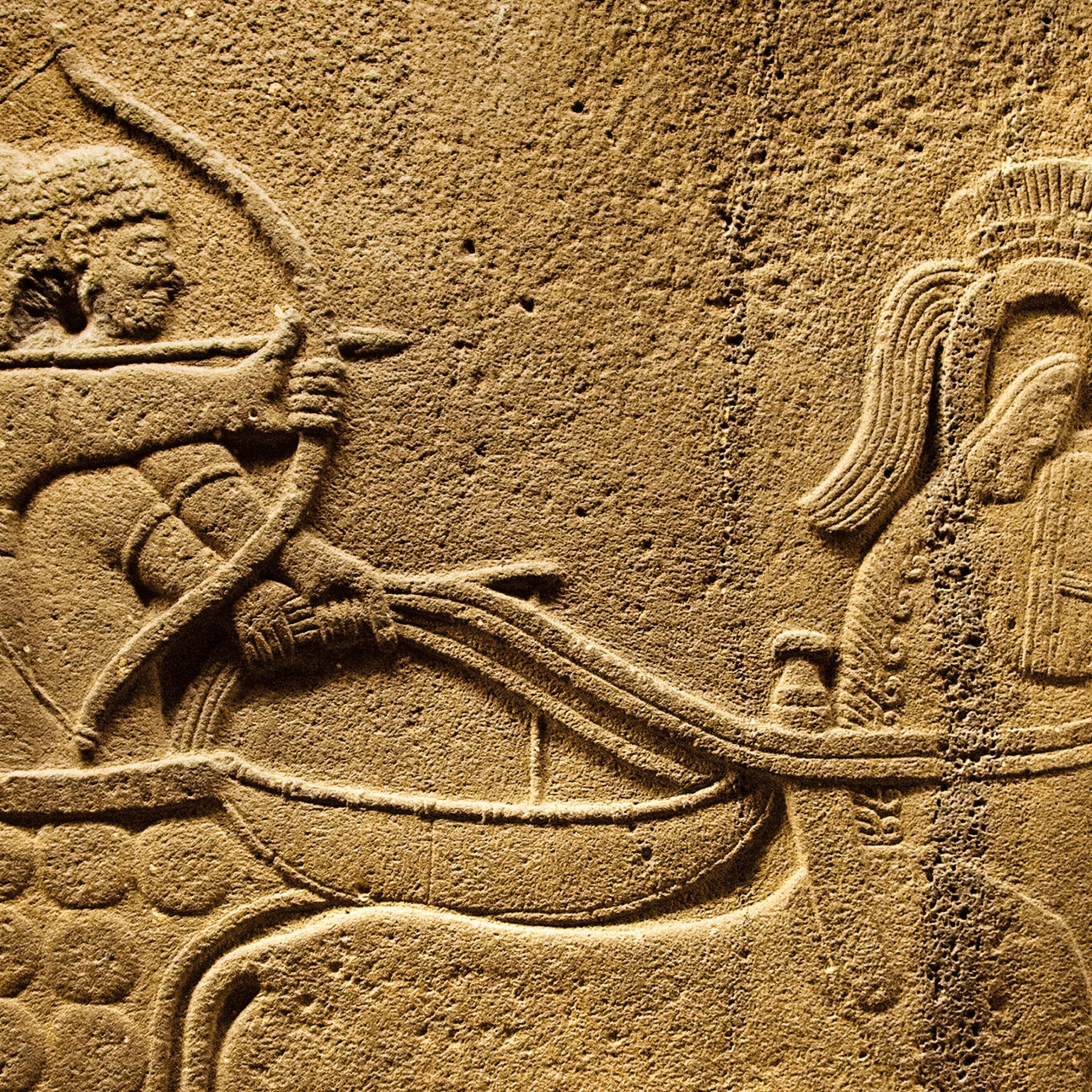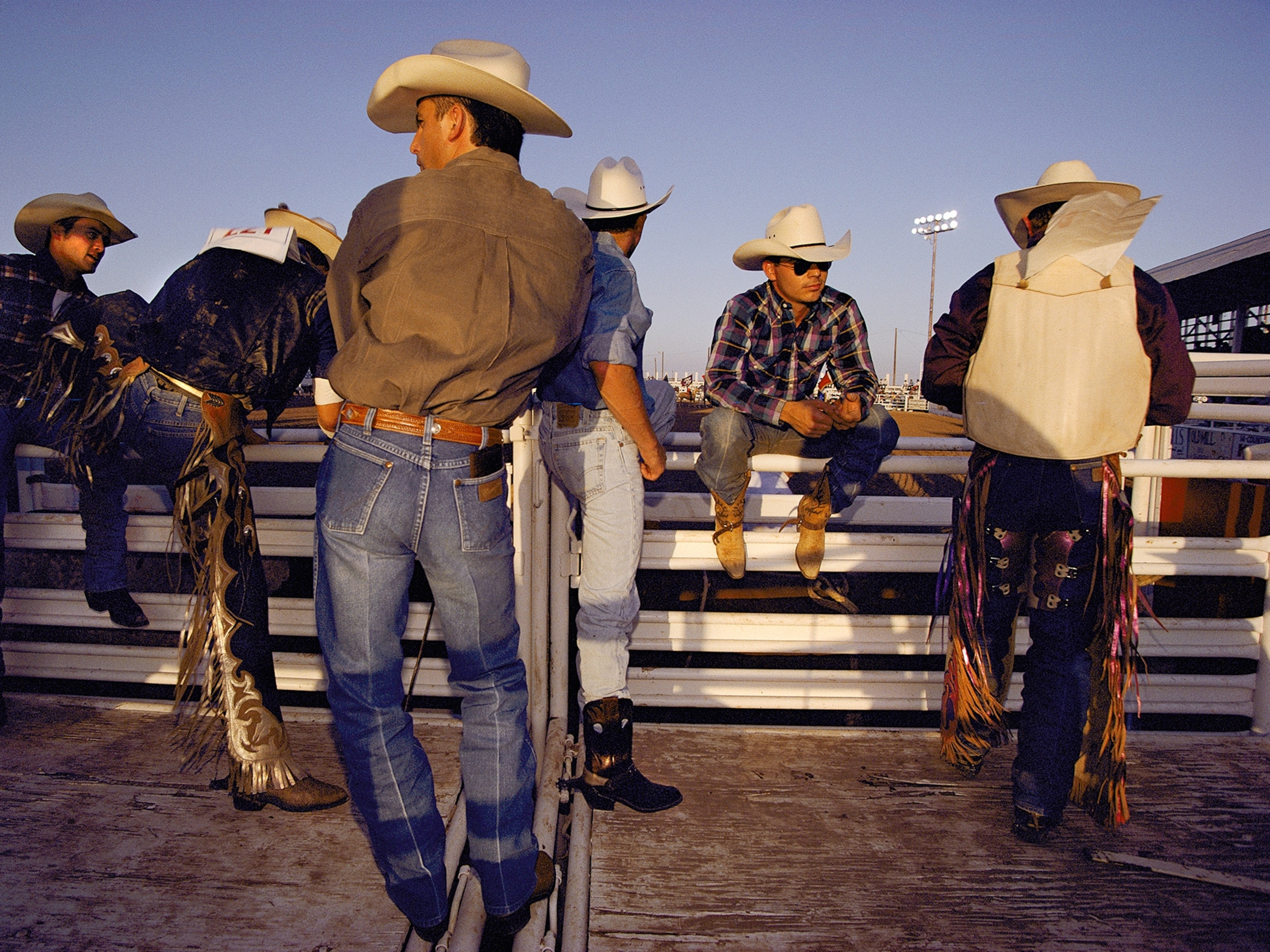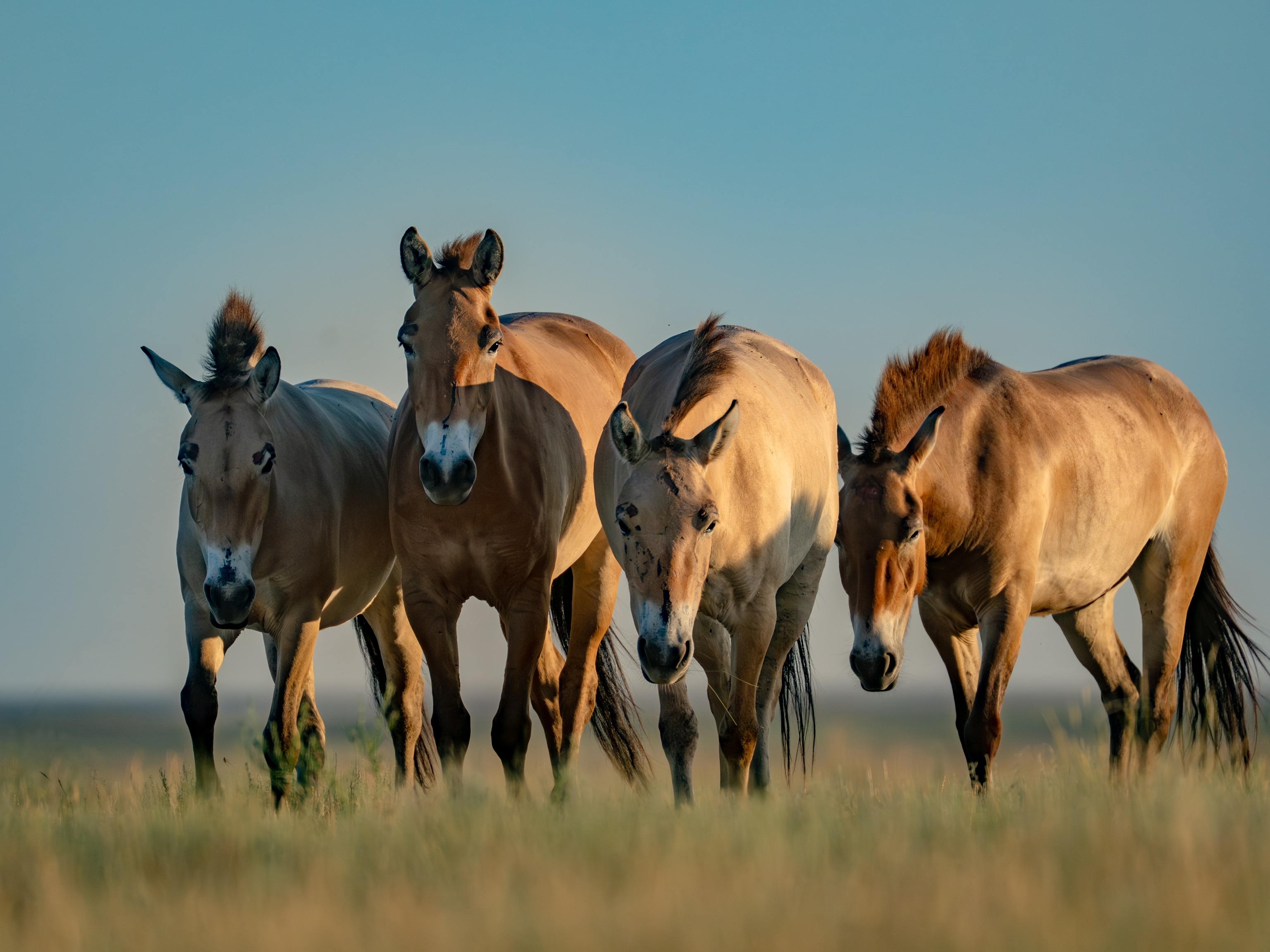
On the Hundredth Anniversary of the Start of World War I, Remembering the Part Animals Played
Horses, dogs, pigeons—even glowworms—were crucial participants in the war to end all wars.
Tucked between two lanes of traffic at Brook Gate, in London's leafy Hyde Park, two heavily laden mules, cast in bronze, trudge terrified but steadfast across an imaginary battlefield. In front of them, carved into a long wall of white Portland stone, is a frieze of other animals—an elephant, a camel, dogs, carrier pigeons—with an inscription that reads, "They had no choice."
The sacrifice of the nearly ten million men who died from 1914 to 1918 will always remain the focus of our remembrance. But on the eve of the hundredth anniversary of World War I, we can also reflect on the fact that animals played a big part—and paid a high price. Indeed, throughout history no other conflict has seen as many animals deployed as the "war to end all wars."
The film adaptation of Michael Morpurgo's 1982 novel War Horse vividly captured the plight of horses. "Eight million horses died on all sides in the First World War," says Jilly Cooper, author of Animals in War and the moving force behind the memorial in Park Lane.
"They died in battle and shellfire but also from exposure and disease. They were so hungry they ate their rugs and died choking on the buckles. Many drowned in the mud."
With so many horses at work in France, on the home front alternatives had to be found to haul heavy loads. In Sheffield, for instance, a circus elephant named Lizzie carried munitions and machinery around the city.
On the battlefront, it wasn't just horses. Pigeons carried messages, oxen hauled guns, and even glowworms—collected by the thousands in jars—were pressed into service. Soldiers used them to illuminate messages and maps in the blacked-out trenches.

The Dogs of War
Some 20,000 dogs did duty for the Allies, carrying equipment on their backs and messages concealed in their collars, laying telephone lines, and distributing first aid kits.
At the Battle of Verdun, Satan, a black greyhound-collie mix, saved a besieged French garrison by delivering a message, despite being severely wounded by gunfire.
One of the most courageous canines was Stubby, a U.S. combat dog. (See: Sergeant Stubby, by Ann Bausum.) A Boston bull terrier cross with bug eyes and a short, stubby tail that gave him his name, he'd never have made it at Westminster or Crufts.
He started life as a stray, roaming the streets of New Haven, Connecticut. One morning in 1917, he wandered into Yale Field, where a group of soldiers was being trained. Pvt. J. Robert "Bob" Conroy took a shine to him, and a bond was formed. Conroy prepared to ship out to the killing fields of France with the 102nd Infantry, 26th Division, known as the Yankee Division.
It was strictly against Army regulations to take pets on a troop ship, but Conroy, in a show of Yankee ingenuity, enlisted the aid of a crew member on the U.S.S. Minnesota who hid the dog in an engine-room coal bin. When they reached France, Conroy carried Stubby off the ship concealed in his overcoat.
The dog won the hearts of Conroy's unit, and even his commanding officer, and soon sported a tag on his leather collar:
STUBBY
102nd INF
26th DIV
Ringing those words was the name J. R. Conroy, with his service number, 63254.
From the division's first combat experience—on February 5, 1918, defending battle lines along the Chemin des Dames highway—to the closing days of the war, Stubby saved many lives.
He learned to identify the smell of mustard gas and detect the high-pitched whistle of shells, warning the unit of danger by barking or nipping at the heels of sleeping soldiers.
When men were cut down in no-man's-land, Stubby was lifted out of the trench and sent to find them. Once he happened upon a soldier sleeping belowground in a dugout who hadn't heard the topside alarm. Stubby stirred him awake, saving him from serious injury from the gas that regularly settled in the underground network of tunnels and chambers. (See: "The Hidden World of the Great War" in National Geographic magazine.)
After Stubby was seriously wounded by shrapnel in the Battle of Seicheprey, he was operated on and later returned to duty in one of the most fiercely contested areas on the western front: the Marne.
Following the Allied retaking of Château-Thierry, the women of the town made him a coat of chamois leather, which was soon hung with numerous medals, among them a Purple Heart, the Republic of France Grande War Medal, and the New Haven World War I Veterans Medal.
Back in the United States, Stubby became a media sensation. He marched in veterans parades, met Presidents Wilson, Coolidge, and Harding, and even appeared on the vaudeville stage. His showpiece was a salute, which he performed by sitting up on his haunches and raising a paw.
Stubby died on April 4, 1926. Taxidermied, he stands, adorned with his medals, on display at the National Museum of American History, on the Mall in Washington, D.C.
Almost a century after Conroy's World War I service, his eldest grandson, Curtis Deane, recalls that his grandfather was "very quiet" about what he did during the war.
"He would just say, 'I was with Stubby.'"
Stubby was a jack-of-all-trades, but "cadaver dogs" were specialists, sent out to survey a battlefield and signal those among the fallen who were still alive, so that medics could quickly attend to them.
German combat dogs were sometimes used for less noble purposes—as canine suicide bombers, with dynamite strapped to their backs that was detonated by remote control.
In all, the Germans deployed 6,000 dogs, mostly as meldehunde—messenger dogs. The preferred breeds were Dobermans, Airedales, Rottweilers, and, most especially, German shepherds.
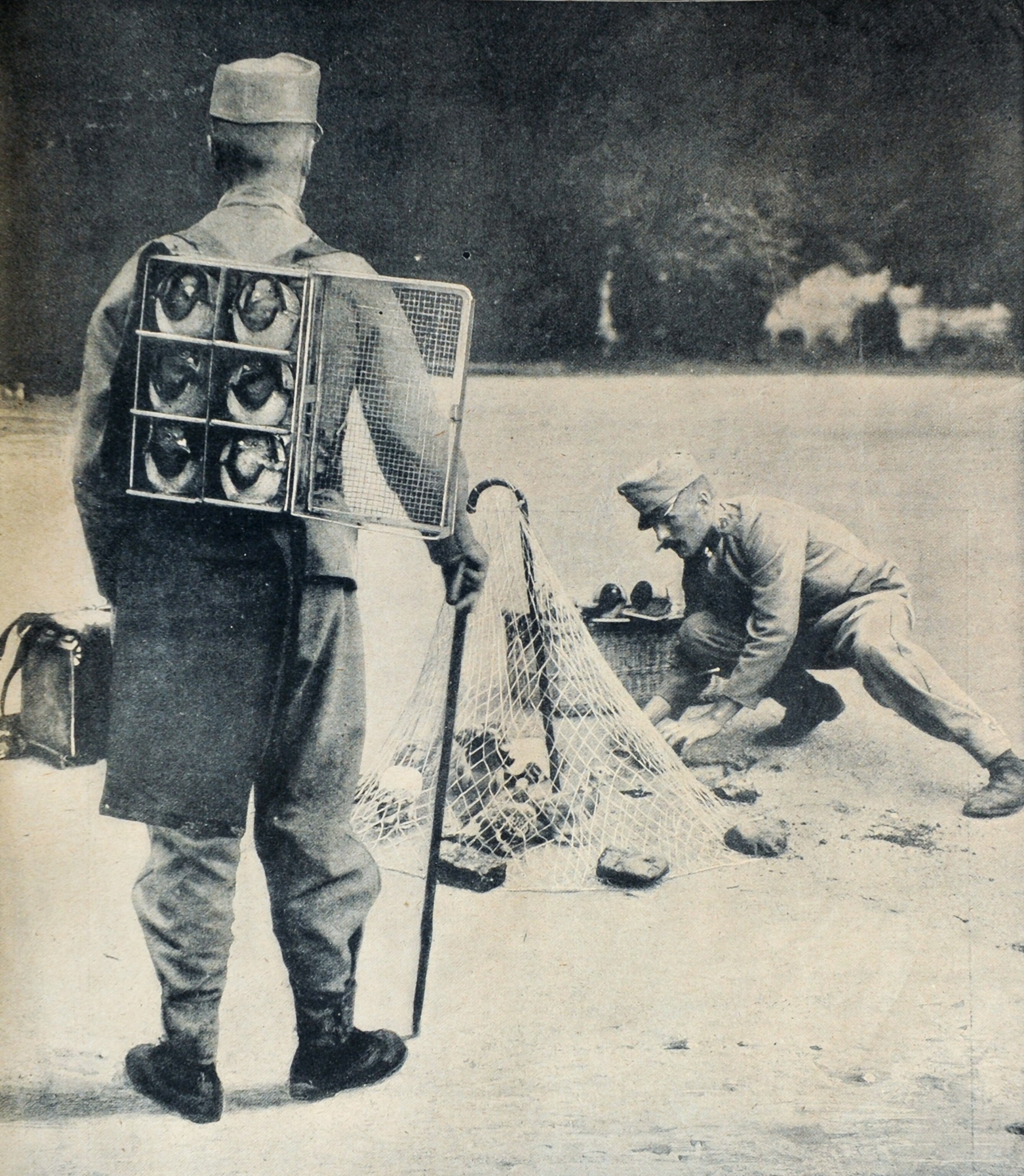
The Wings of War
A carrier pigeon named Cher Ami would, like Satan, also become a legend at Verdun. Donated by the British to the U.S. Signal Corps, he served with the 77th Infantry Division. The 77th, stranded behind enemy lines, was being pounded by the Germans—but also by friendly fire from unknowing U.S. troops.
Two pigeons were sent out with messages urging the Americans to stop, but both birds were shot down by German troops. So Lt. Col. Charles Whittlesey, the 77th's commanding officer, wrote one last plea, which he attached to Cher Ami's leg.
In the air, Cher Ami too came under enemy fire. Blinded and covered in blood from wounds to the breast, he nevertheless made it the 25 miles to headquarters, delivering the message: "For heaven's sake, stop it." As a result, 194 men were saved.
After the war, the plucky pigeon received France's highest military award, the Croix de Guerre, and today a taxidermied Cher Ami stands in the National Museum of American History.
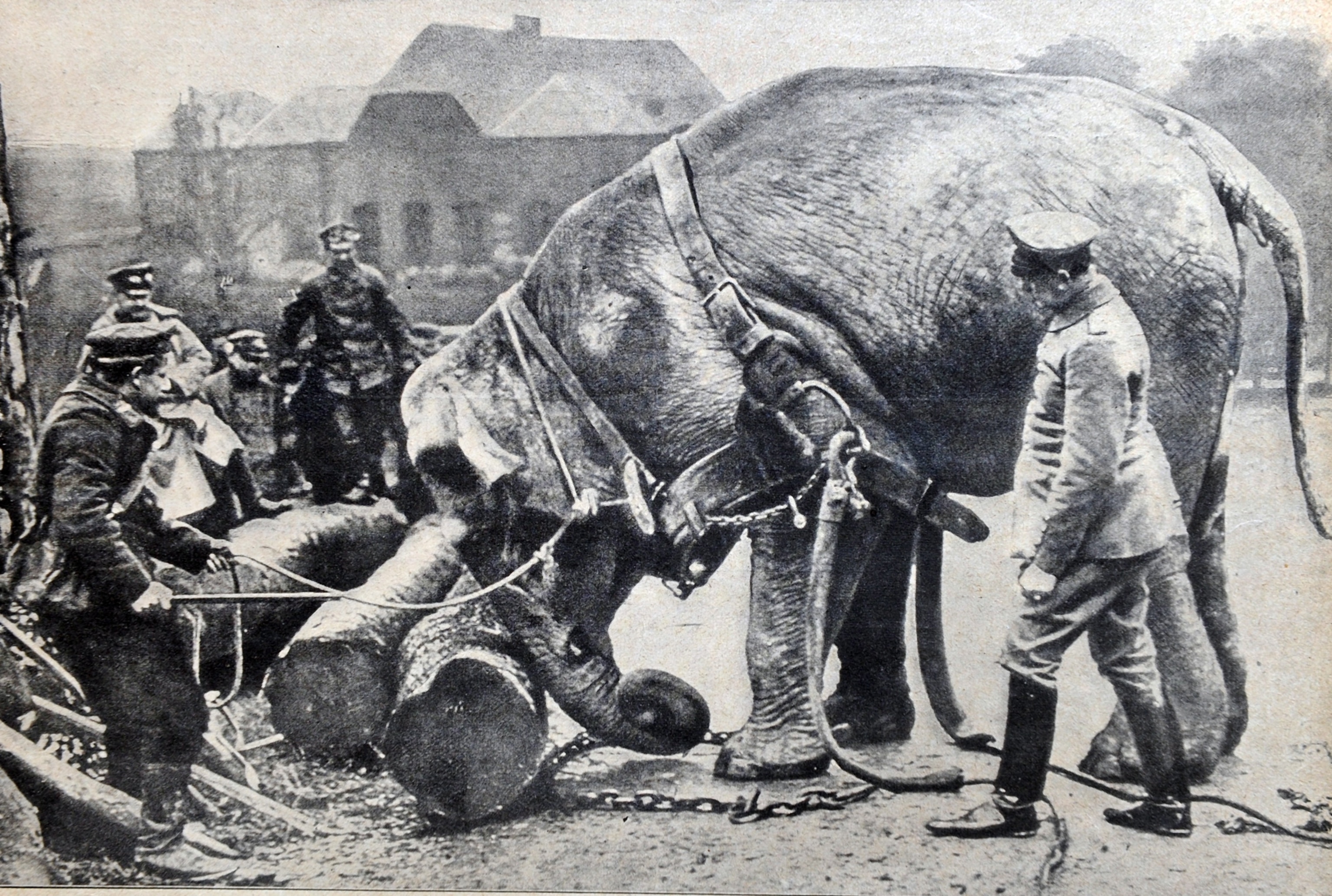
Stratagems Devious and Diabolical
The use of animals in war is nothing new. Some 2,500 years ago the king of Kadesh—a city-state in modern-day Syria—loosed a mare in heat in the vicinity of stallions pulling the chariot of his enemy, Egyptian Pharaoh Thutmose III, causing mayhem and giving rise to this verse in the "Song of Solomon": You are as exciting, my darling / As a mare among Pharaoh's stallions.
The Persians and the Romans—most famously, Hannibal—deployed elephants as troop carriers and battering rams.
During the Southern Song Dynasty (1127-1279) Chinese soldiers are said to have used monkeys as incendiary devices in a battle between rebels from Yangzhou Province and the imperial army. The monkeys were wrapped in straw, dipped in oil, then set on fire and driven into the enemy camp, where they immolated tents and other flammable materials.
In World War II, men from the Special Operations Executive (SOE), a British special forces unit created by Winston Churchill in 1940, placed dead rats mined with plastic explosive near German coal plants, in the hope that boiler men would shovel them into furnaces, causing explosions that would shut the plants down.
Meanwhile on the other side of the globe, the U.S Army invested two million dollars in a project using Mexican free-tailed bats to drop miniature incendiary devices on Japanese cities.
Credit Where It's Due
In today's increasingly remote-controlled conflicts, animals are playing a less active part. Fittingly, their past contributions are being acknowledged.
A monument to combat dogs was unveiled in 2013 at Lackland Air Force Base, in San Antonio, Texas.
In Britain, the Dickin Medal, created in 1943 in honor of social reformer and animal welfare pioneer Maria Dickin, is a special award for animal courage. Recipients include Gustav, a pigeon that brought the first news of the Normandy landings back to London, and Salty and Roselle, two Labrador guide dogs that helped their blind masters escape the twin towers on 9/11.
"I was so upset there was no memorial," recalls Jilly Cooper of her battle to secure funding for the World War I memorial in Hyde Park. "People said we should be honoring dead soldiers, not dead animals. But gradually we got the memorial organized and raised the funds. It's a beautiful thing."
Simon Worrall curates Book Talk. Follow him on Twitter or at simonworrallauthor.com.



